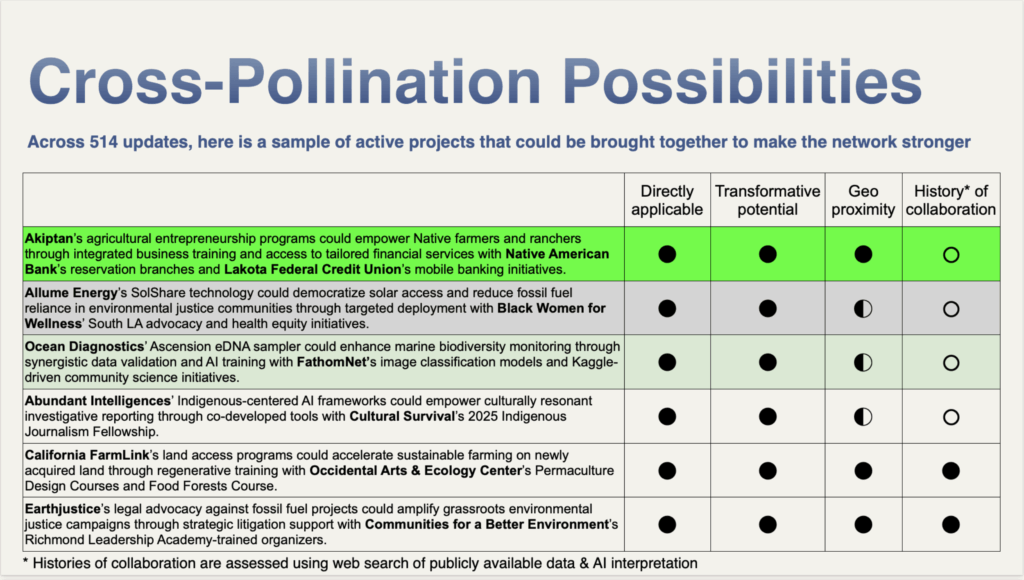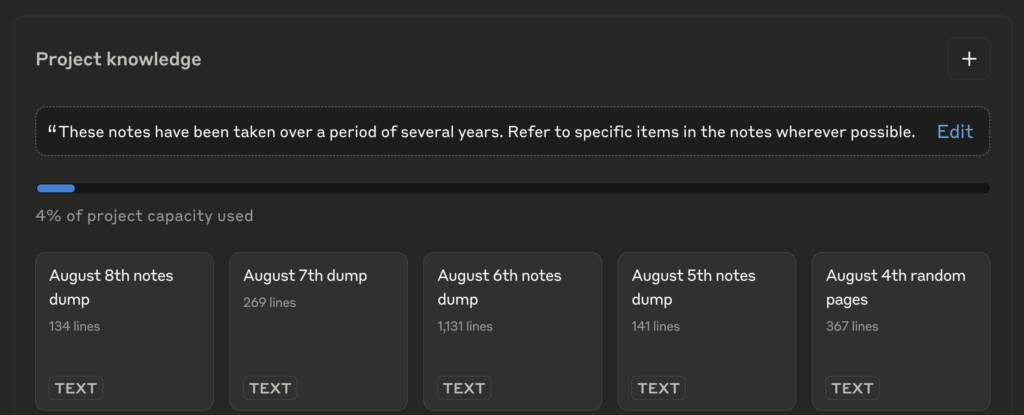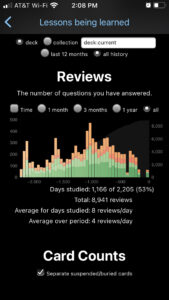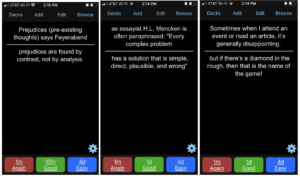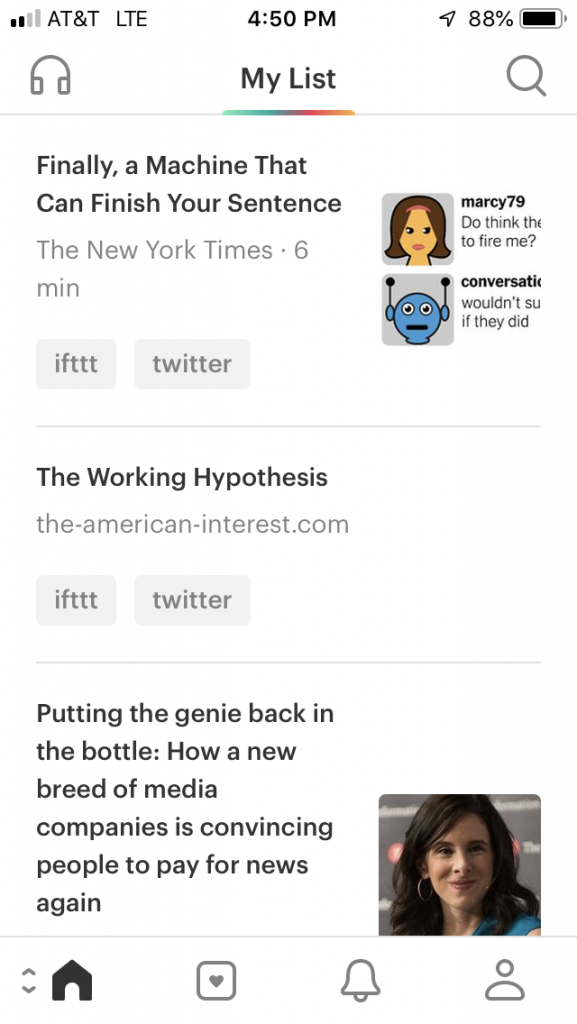Azeem Azhar asked members of his community for their current favorite ways to use various AI tools, and I thought I’d share my current list publicly here. I could go on, but perhaps I should write something like this quarterly. I love experimenting with things like this and I bring almost all of these into every consulting engagement I do, too.
Here are short descriptions, followed by the specific AI that I find most effective for each of these use cases.
- “What have I written in my notes over the years that’s most relevant to the following topic?” This is my #1 go to for things both fun and serious. (Claude Project, described here)
- Asking for counter-evidence to any text I’m reading. Also really helps me understand the original text more quickly. That recent Nature article on how AI is essential to solving climate change? ChatGPT took some steam out of that for sure. (ChatGPT with a javascript bookmarklet, described here)
- Create a set of synthetic personas that are relevant to a given topic and have them answer a question I have, thinking through step-by-step. The answer can be open ended on a topic, or specific like “what do you think of this email?” I do this every day and it always brings up points of view I am thankful to consider. (Claude)
- Make a briefing book about a person or an organization I’m about to meet. (Perplexity) Now make a personalized version of it for a person I’m going to introduce the first person to, highlighting similarities and differences between their work (Perplexity) and then turn that briefing book into an attractive one page artifact (Claude)
- Perform a combinatorial analysis of the X! ways that two sets of information could cross-pollinate; for example, consider a big set of updates from a set of organizations in a network, and ask “what could be done if update #1 were connected to update #2, etc?” (Google NotebookLM) Then score those combinatorial possibilities based on a set of criteria like “would this combination have transformative potential?” “Are these organizations geographically near each other?” And perhaps most importantly “is there a discoverable history of these organizations working together previously?” The combinations that score Yes, Yes, No to those three questions are rich opportunities. (Perplexity, see screenshot below for example)
- Summarize (for example) this email newsletter in an even more succinct fashion. (Comet, the AI browser from Perplexity)
- Out of this set of 1,000 updates from organizations in my business sector – which 10 should I highlight for the following email subscriber, and why? (Claude by API, followed by a mailmerge. See my green tech and sustainability newsletter, for example. Every subscriber gets their own personalized version.)
And I’ll sneak one more in: I often ask any of the AIs I’m working with what Azeem Azhar might say about a topic I’m thinking about. (I also ask about adrienne maree brown‘s POV.) Azeem has published so much online that all the AIs have a pretty good body of text to work with. And I really appreciate his… exponential view on things. Give it a try yourself!
Below: A slide I drafted based on the combinatorial analysis example below.
